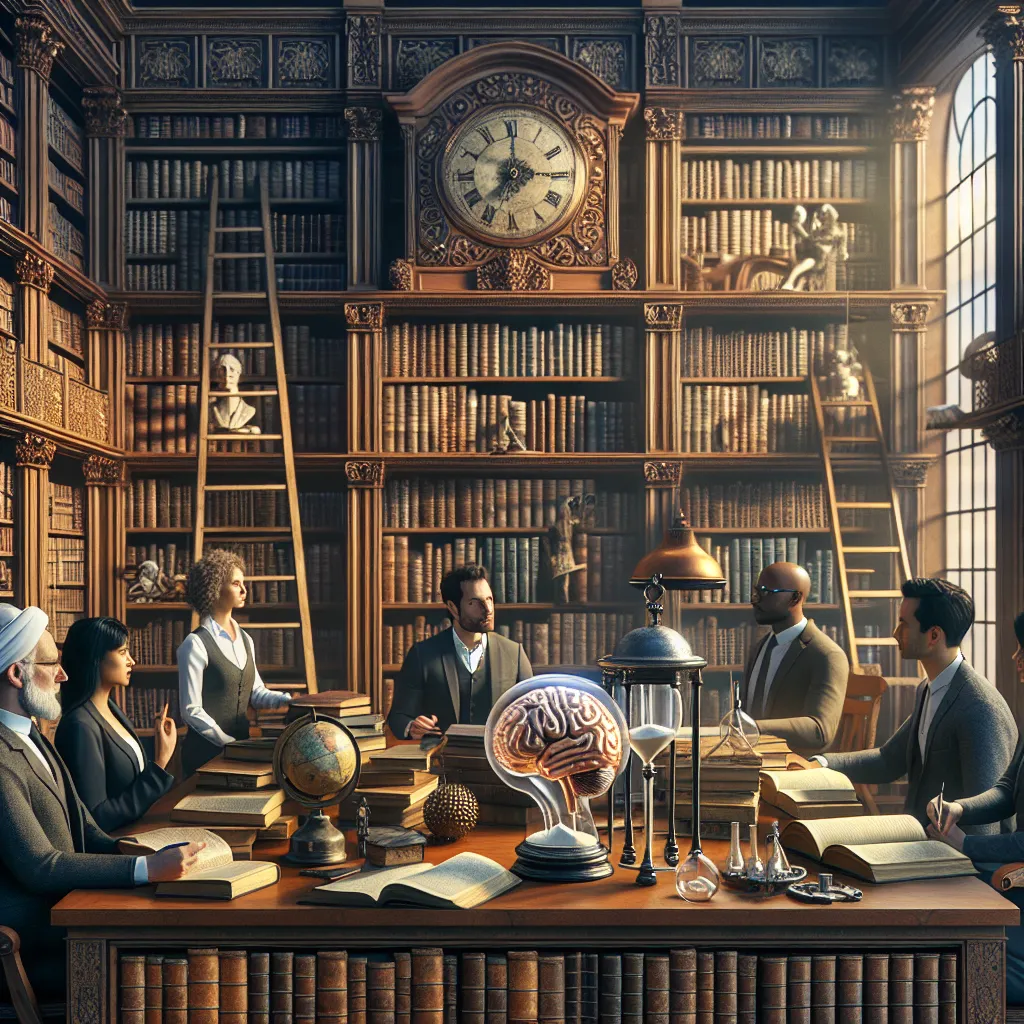Neuroscience stands as one of humanity’s most fascinating scientific pursuits, weaving together the intricate threads of biology, chemistry, psychology, and physics to decode the enigma of our nervous system. This multidisciplinary field has evolved from ancient observations to cutting-edge technological breakthroughs, revolutionizing our understanding of the brain, behavior, and consciousness. The journey through neuroscience’s history reveals not just scientific advancement, but the very evolution of human understanding about ourselves.
If you want to know your own IQ, we have a free iq test here.
The foundations of neuroscience were laid in ancient civilizations, most notably Egypt and Greece. The Edwin Smith Papyrus, dating to approximately 1700 BC, represents humanity’s first documented understanding of the nervous system, describing spinal trauma cases with remarkable insight for its time. This ancient Egyptian medical text demonstrated an early grasp of the relationship between physical injury and neurological function.
The Greeks further advanced our early understanding, with Hippocrates boldly challenging conventional wisdom by proposing the brain, not the heart, as the center of intelligence and sensation. Though Aristotle famously disagreed, viewing the brain merely as a cooling system for blood, this intellectual debate sparked centuries of neurological inquiry.
Galen, the prominent Greco-Roman physician, revolutionized neuroanatomy through his systematic studies of gladiators and animals. His groundbreaking differentiation between sensory and motor nerves laid the foundation for modern neurological understanding, despite some misconceptions that would persist for centuries.
Following the scientific dormancy of the Middle Ages, the Renaissance ushered in a new era of neurological discovery. Leonardo da Vinci’s remarkably accurate anatomical drawings of the brain and nervous system demonstrated an understanding far ahead of his time, combining artistic precision with scientific observation.
The 17th century saw Rene Descartes introduce his mechanistic view of the nervous system, proposing the revolutionary concept that the body functioned like a machine. While his idea of the pineal gland as the “seat of the soul” has been disproven, his mechanical approach to understanding neural function influenced centuries of subsequent research.
The modern era of neuroscience emerged through groundbreaking discoveries in the 18th and 19th centuries. Luigi Galvani’s demonstration of bioelectricity in neural function opened entirely new avenues of research. The field further evolved through Franz Joseph Gall’s controversial phrenology, which, despite its flaws, introduced the crucial concept of localized brain functions.
Paul Broca’s identification of the brain’s speech production center (Broca’s area) and Carl Wernicke’s discovery of the language comprehension region (Wernicke’s area) established the foundation for understanding the brain’s functional organization. These findings revolutionized our grasp of how the brain processes language and launched the era of cerebral localization studies.
The 20th century witnessed exponential growth in neuroscientific understanding. Camillo Golgi’s staining technique and Santiago Ramón y Cajal’s subsequent detailed neural mapping established the neuron doctrine, fundamental to modern neuroscience. The discovery of neurotransmitters, beginning with Otto Loewi’s identification of acetylcholine, unveiled the chemical basis of neural communication.
Recent decades have seen unprecedented technological advances transforming neuroscience. Modern neuroimaging techniques, including functional MRI (fMRI), magnetoencephalography (MEG), and advanced CT scanning, now allow researchers to observe the living brain in action. These tools have revolutionized our understanding of neural networks and brain plasticity.
The 21st century has ushered in the era of computational neuroscience and artificial intelligence applications in brain research. Breakthrough projects like the Human Connectome Project and the BRAIN Initiative are mapping neural connections with unprecedented detail. Optogenetics, a revolutionary technique allowing researchers to control specific neurons with light, has opened new possibilities for understanding and treating neurological conditions.
Current research frontiers include the development of brain-computer interfaces (BCIs), with companies like Neuralink pushing the boundaries of neural engineering. Scientists are making remarkable progress in understanding neuroplasticity, the brain’s ability to reorganize itself, leading to innovative treatments for stroke, trauma, and neurodegenerative diseases.
The emergence of advanced AI models has enabled researchers to simulate neural networks and predict brain responses, while CRISPR gene-editing technology offers new possibilities for treating genetic neurological disorders. Studies in neuroregeneration and stem cell therapy show promising results for treating conditions once considered permanent.
As we look to the future, neuroscience continues to evolve at an unprecedented pace. The integration of artificial intelligence, quantum computing, and advanced imaging technologies promises to unlock even deeper mysteries of the brain. Research into consciousness, memory formation, and neural development remains at the forefront, while new therapeutic approaches for mental health and neurological disorders are continuously being developed.
The history of neuroscience tells a story of human perseverance and ingenuity in understanding our most complex organ. As we stand at the threshold of new discoveries, from mapping the connectome to developing neural prosthetics, the field continues to push the boundaries of human knowledge. Each breakthrough brings us closer to understanding not just the brain’s mechanics, but the very essence of human consciousness and experience.




Leave a Comment